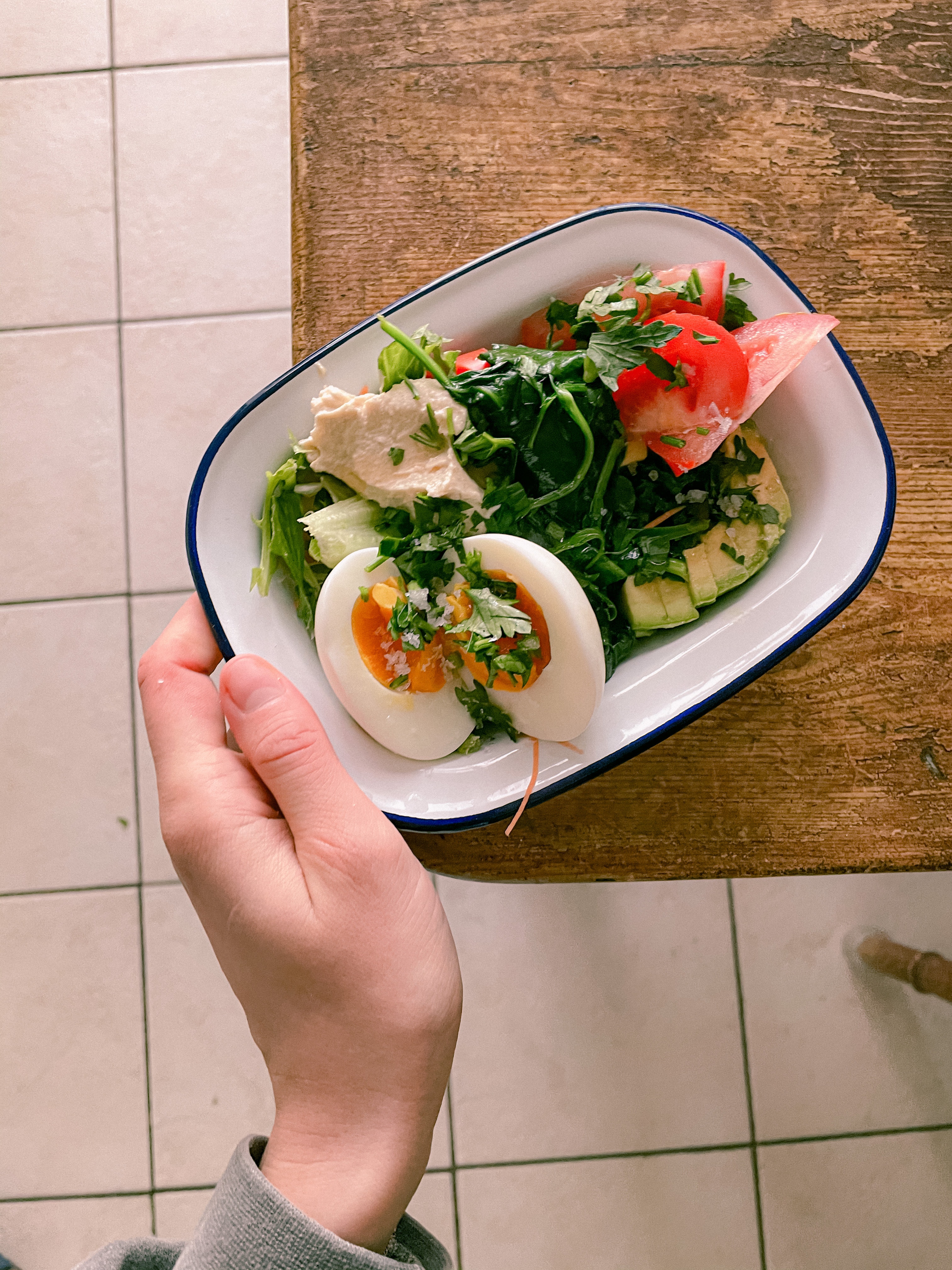When you think of protein, you may associate it with weight training and muscle mass. However, protein is so much more.
Protein is an essential building block for every cell in the human body. It has many important functions in the body in addition to building muscle.
Protein is required for:
- healthy immune function- immune molecules and antibodies are made up of protein. These immune molecules protect the body from foreign invaders and infections.
- production of enzymes- enzymes are protein molecules which regulate all the metabolic reactions occurring in the body. Enzymes are required for digestion of food, energy production and detoxification of potentially dangerous substances
- structural support of the body– for muscles, joints, skin, hair and nails. Protein is essential for healing of wounds after injury.
- muscle contraction– which is essential for movement of the body, but also for regulating heart beat
- hormone production– protein is required for hormones like insulin (which regulates blood sugar levels), and thyroid hormones (which regulate metabolic rate)
- transport of nutrients around the body– protein is needed to transport nutrients such as oxygen, vitamins and minerals in the blood, and into cells.
- DNA replication- is essential for maintaining healthy cells in our own bodies, as well as the development and growth that occurs in pregnancy and childhood.
- regulation of mood, memory and cognition
- healthy weight management– protein increases satiety, helping you to feel full for longer, as well as helping to balance blood sugar. This means smaller portion size and fewer sugar cravings which are essential to weight management
What is Protein?
Protein is a macromolecule made up of smaller molecules called amino acids. These amino acids can be arranged in different combinations to make different types of protein, each with different functions. Some of these amino acids can be produced by the human body and are known as Non-Essential amino acids. The remaining amino acids cannot be made by the human body, and are therefore required in certain amounts in the diet. These amino acids are known as Essential amino acids.
How do I get protein in the diet?
Protein is found in lots of foods. Some foods contain all the Essential amino acids in the quantities the body needs. These foods are known as Complete Proteins. Other sources of protein only contain some of the Essential amino acids in the quantities the body needs. These sources are called Incomplete Proteins.
Complete Proteins:
- Animal meats, including chicken, beef and pork
- Fish and shellfish
- Eggs
- Dairy – cheese, yoghurt, milk (does not include butter, cream cheese or sour cream)
- Soy – tofu and tempeh
- Quinoa
Incomplete Proteins:
- Legumes – beans, peas, lentils, chickpeas and peanuts
- Vegetables
- Nuts – almonds, brazil nuts, cashews and walnuts
- Seeds – sunflower, sesame and pumpkin seeds
- Grains – buckwheat, wheat and rice etc.
Combining Protein Sources
The human body cannot make the proteins required for all of the functions outlined above, unless the diet consists of adequate quantities of all the Essential amino acids every day. One way to achieve this is to include Complete Protein sources in the diet.
Another way to achieve this is to eat certain combinations of Incomplete Proteins every day. This technique is known as Protein Combining. Different Incomplete Proteins will be low in different Essential amino acids. By combining a source which is low in one type of Essential amino acid with a source which has adequate levels of that Essential amino acid, the body is able to receive all the Essential amino acids in levels it requires to synthesise the body’s many proteins. Thus, Protein Combining throughout the day will ensure that the body is able to carry out all the important functions of protein.
In order to ensure the body is receiving all the Essential amino acids in adequate levels, any of the following types of Proteins may be combined:
- Legumes and Grains
- Legumes and Nuts or Seeds
- Grains, Nuts and Seeds
- Grains and Dairy products
- Vegetables with Legumes or Grains, Nuts and Seeds
Some Ideas for Protein Combining
- Hummus- chickpeas and sesame seeds
- Black beans and whole grain rice
- Lentils and almonds
- Brown rice and bean casserole
- Lentil curry on wholegrain rice
- Pea/ legume soup and wholegrain toast
- Bean and sesame casserole
- Quinoa porridge with nuts and seeds



